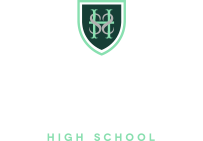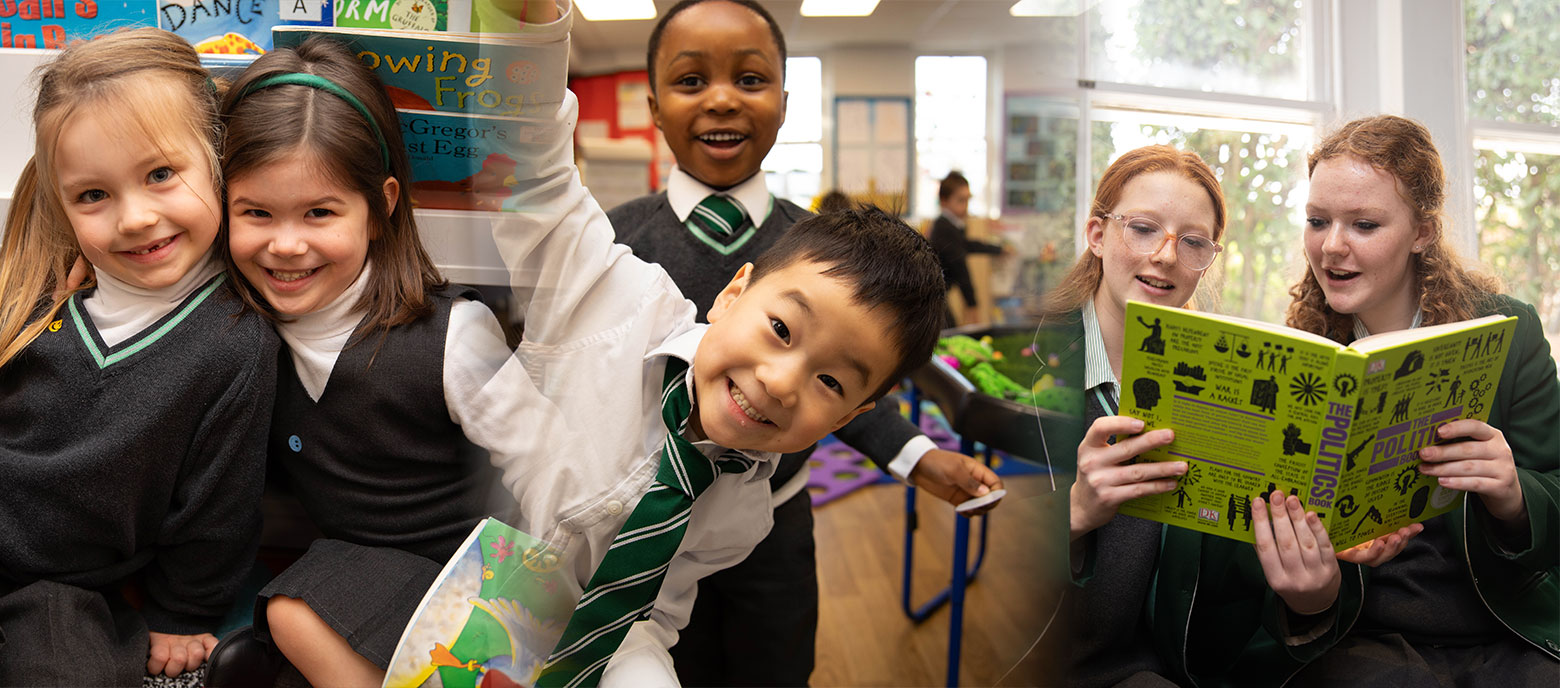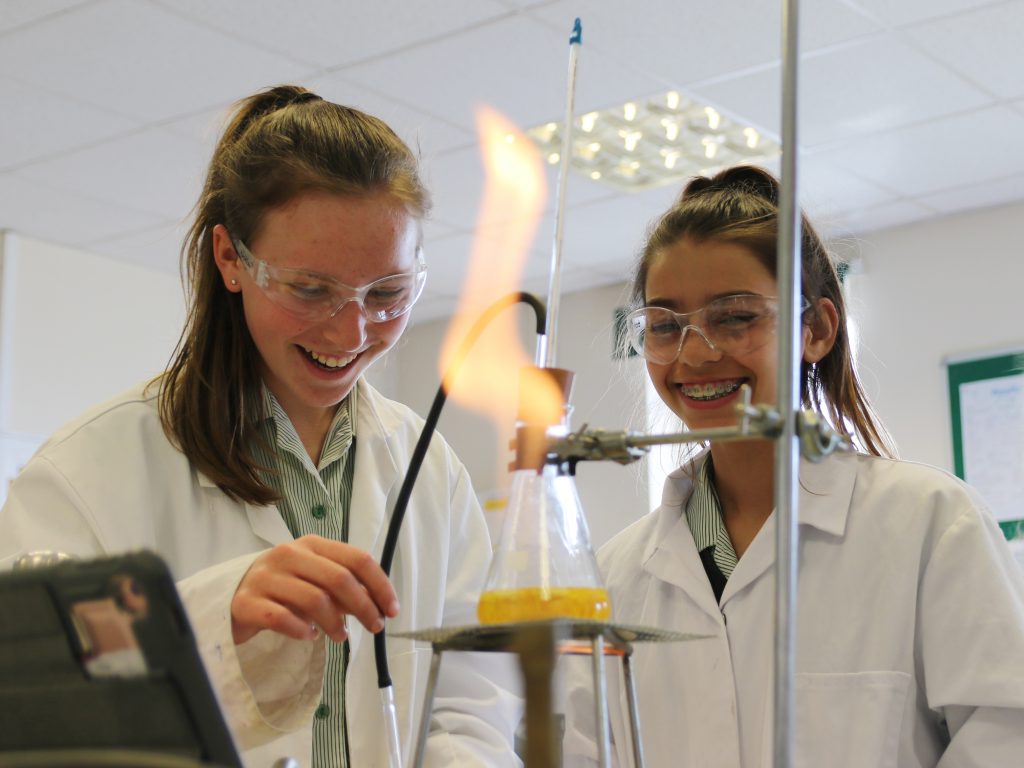Science Week is a great opportunity for all schools to embrace all things science and build on the existing enthusiasm amongst pupils for these subjects.
But beyond the experiments and exciting activities schools often put on display during this week, there needs to be a palpable desire and interest in these subjects that extends beyond school, through university and into the real world in the form of researchers, medics, engineers etc. Research shows there is an estimated shortfall of around 40,000 STEM graduates in the UK each year1.
So how do schools achieve this? I’ve worked on both sides of the fence and have to say, teaching Science in a girls‘ school is a breath of fresh air in many ways. Girls are sadly often overlooked in co-ed environments, not because of sexist reasons, but boys naturally throw themselves into experiments and research in a gung-ho fashion. Girls tend to take a more thoughtful approach. Teaching only one sex allows tailoring to their specific wants and needs, encouraging girls to trial, to experiment, to fail forward and learn.
At Surbiton High School, it’s wonderful to see we have bucked the trend. We instil an enthusiasm for science that starts in Reception in the Girls’ Preparatory School and leads to 80% of girls studying triple Science at GCSE. Studying Triple Science has been proven to have an impact on a pupil’s likeliness to undertake further post 16 scientific study. This is borne out at Surbiton High, with 70% of our girls studying one or more Sciences at A-level, with double the average number studying Physics and 40% going on to read STEM based degrees2. Our girls don’t view subjects like Physics as a boys’ subject because there are simply no boys around! First and foremost, they see themselves as scientists.
It’s vital to build enthusiasm in sciences through bringing the subjects to life. This starts with highly qualified staff, where the expectation at Surbiton High is that all KS4 and KS5 classes are taught by a subject specialist with degrees in their chosen fields. Nationally, this picture is very different with only 51% of Physics teachers holding a Physics degree3. Where this benefits the pupils is the ability to adapt teaching quickly and appropriately, and in greater depth and breadth. This is supplemented by extremely well-resourced labs and equipment, meaning that we can physically engage girls in active demonstrations and experiments.
Experimentation and learning need to extend beyond the classroom too. Co-curricular clubs provide additional opportunities to engage pupils further in the Sciences. Our Robotics Club sees cross curricular opportunities with DT, Physics and Computing. The Crest Award, run by the British Science Society, provides the girls with an opportunity at all levels; testing hypotheses at Bronze level and this year our Gold pupils are designing a prosthetic limb, naturally bringing Physics, Maths and DT into play.
Science Week provides a great platform for engaging pupils in Science and we’ve had an array of activities, lectures, quizzes and experiments taking place. However, engaging pupils in Science is more than just a week activity. Long may it continue throughout their whole schooling and beyond. With alumnae working in genetics, research, engineering, medicine, dentistry and more, I know at Surbiton High School it does!
Emma Geraghty
Head of Science
1Social Market Foundation. In the Balance: The STEM human capital crunch (2013)
215% of girls study Physics at A-level versus the national average 7.5% of girls in single sex independent schools (according to An Institute of Physics Report 2017)
3Sutton Trust 2017
Categories: Senior School




